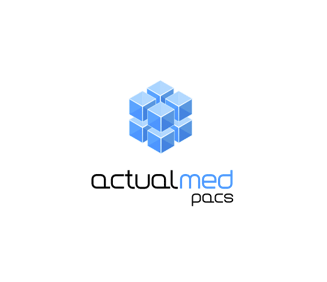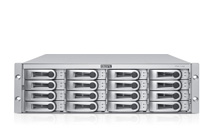
PACS is now essential equipment for radiology departments and practices, both large and small
PACS is a system for digital storage, transmission and retrieval of radiology images. PACS systems have both software and hardware components, which directly interface with imaging modalities and acquire the digital images from the modalities. The images are transferred to a workstation for viewing and reporting. The PACS viewer is a software that is installed on the workstation to receive and display the radiology images. The images are then archived into storage for retrieval at a later time. The PACS system manages the storage of these radiology images.
PACS is now essential equipment for radiology departments and practices, both large and small. The traditional radiology department has been constrained in terms of efficiency and cost by the process of dark room processing, film storage, film copying and the process of ‘signing out’ films by clinicians. Today, PACS has brought down these barriers. Digital imaging has enabled the radiology films and images to be digitised and distributed in digital format. This combined with the use of PACS has effectively given radiologists and clinicians the ability to access the images from anywhere and at anytime.
In order for PACS systems to work across different modalities and workstations in a seamless manner, there are imaging standards that have been defined and need to be followed by all PACS systems and by the modalities interfacing with the PACS systems. DICOM is the standard for medical imaging. The universal format for PACS image storage and transfer is DICOM (Digital Imaging and Communications in Medicine).
PACS Architecture:
The basic components of a PACS system are:
- PACS Central Server: the core hardware of the system.
- PACS Workstation: provide interactive display of digital images with PACS viewer for radiologists to interpret the images.
- Database System: responsible for managing the storage of all the information and images in the PACS system.
- DICOM Server: responsible for all the DICOM based communication with imaging modalities (such as CT and MRI), other PACS servers and DICOM workstations.
- Storage System: the physical storage required to store the DICOM images of the PACS system.
- Interfaces to RIS/HIS: aggregates all the data of the patient from different departments and provides an end-to-end patient care workflow.
- Web Server for Remote Access: With this the images and other PACS data can be accessed with internet browsers such as Internet Explorer, Mozilla, etc.
PACS Benefits
PACS has multiple advantages over film based reporting.
- Reduces the cost of radiology by eliminating the need to have hardcopy films and the associated storage space required for the same. The cost of digital storage has decreased drastically over the past few years.
- PACS provides a faster and more reliable way of retrieving prior images.
- PACS enables remote access of the images helping the radiologist to manage his/her time effectively.
- PACS provides for easy integration of images into the hospital information systems. This enables an effective way of managing comprehensive patient information providing a single point of access for all patient information.
- As the images and reports are transmitted digitally, when combined with an effective workflow this can deliver a fast report turnaround. This enables more rapid diagnosis and enhances patient care.
- It enables faster peer review of the reports and subspecialty second opinions resulting in a significant improvement in accuracy of diagnosis and patient care.
- Better analysis of accuracy rates, Turn-around-times (TATs) for reports that help to make management decisions to improve the effectiveness and efficiency of the radiology practice.
- Security and HIPAA compliance is facilitated by using PACS systems.
Recent Developments in PACS
1. Integration of Radiology Workflow systems with PACS: Due to inherent dependencies, an efficient radiology work-flow demands a synchronised and unified radiology work-flow that seamlessly integrates with the PACS system. Instead of just simply being image storage and retrieval systems, they need to be integrated with the reporting workflow systems to improve the efficiency of radiologists. The image information needs to be integrated with patient data and reporting infrastructure to ensure accuracy. These integrated systems need to have the automated checking and monitoring to check the compatibility of the images, order and reports and also to allow only legal access to the systems. Recent trends include fully integrated platforms for RIS and PACS incorporating scheduling and billing functions on a unified database. These systems also eliminate the need for manual mapping and checking of RIS and PACS data (quality).
2. Web-based PACS for Teleradiology: In the last decade, Teleradiology has become a growing trend. This has to do with the decreasing radiologists/population ratios demanding more in terms of radiologist’s efficiency and availability. Teleradiology centers have grown from single center providing reads to a few hospitals to multi-site teleradiology centers spread across disparate geographies providing reads across the world. This kind of set up demands seamless support for multi-site/geographical tele-radiology work-flow automating the co-ordination and sequencing of the above tasks.
3. Communication & Collaboration Tools: A teleradiology set up as above requires constant communication and collaboration among the various users of the system. The communication could be between peer radiologists discussing a study, referring physician and reporting radiologist, radiologist and medical transcriptionist typing a report, or the hospital administrator correcting a discrepancy between image and the order entry agent. Today, there are PACS systems that provide integrated collaboration infrastructure to support real-time collaborative sharing of images and work session, audio and messaging. This seamless collaboration improves the radiologist’s efficiency.

